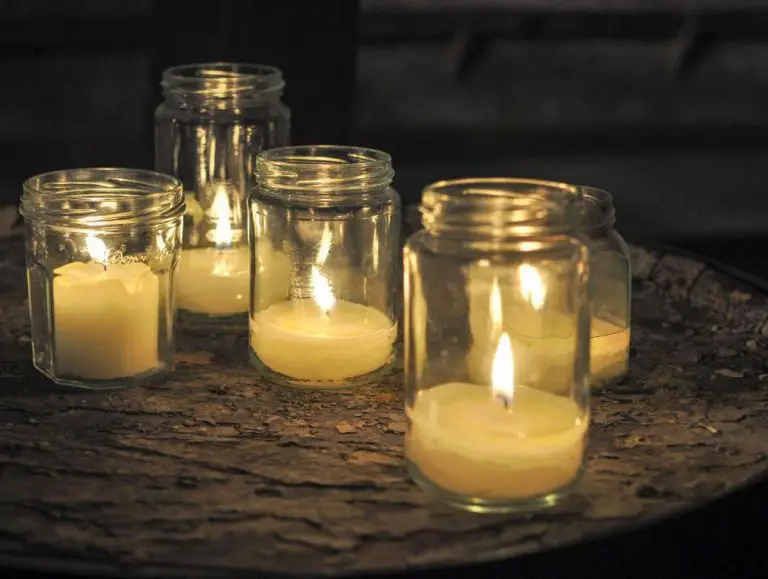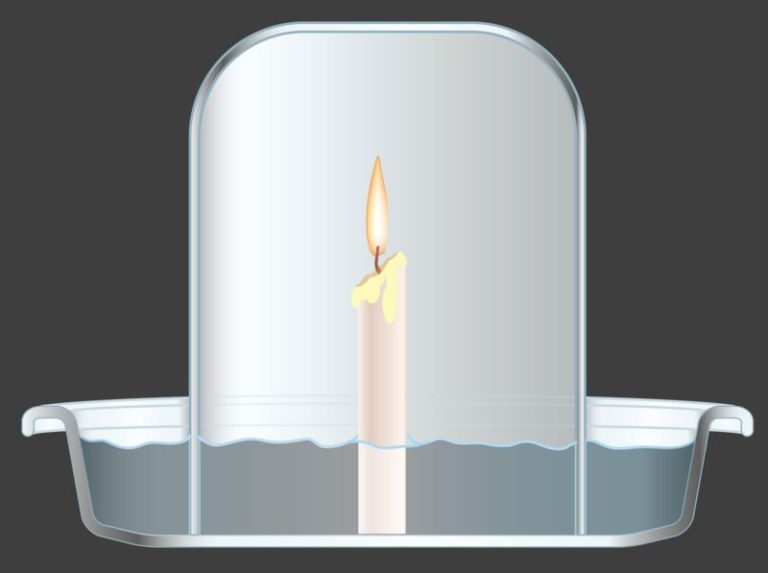How Does A Firestarter Work?
What is a Firestarter?
A firestarter is a tool or material used to start a fire. Firestarters allow humans to ignite tinder and begin the process of firemaking using sparks or flames. The earliest firestarters originated as ‘strike-a-light’ kits consisting of flint, pyrite and tinder during the Stone Age. Striking flint against the iron pyrites creates sparks that can catch on the tinder material and create an ember for starting fire (The History Of Fire Starting, 2022). These basic toolkits were used up until the 19th century introduction of friction matches.
Friction matches drastically simplified the firestarting process by creating instant flames with the strike of a matchstick against a chemically treated striking surface. Matches essentially combined tinder, spark generation, and fuel into a single portable tool. Since then, many other modern firestarting devices like lighters, ferrocerium rods, and tinder tabs have been invented to make fire creation even more convenient (History of Fire Starting and Demo). However, the underlying principles of generating sparks, igniting tinder, and transferring the flame remain fundamental to starting fire successfully.
How Friction Firestarters Work
Friction firestarters create heat from friction between two materials. They work by spinning or rubbing pieces of wood rapidly together to produce enough heat to ignite tinder and start a fire.
Examples include:
Bow drills – This firestarter uses a bow and spindle to generate friction and heat. The spindle fits into a bearing block and socket. By moving the bow back and forth rapidly, the spindle spins in the socket, creating friction and ignition. Bow drills are efficient at maintaining speed and pressure to produce an ember (source: https://www.instructables.com/7-Methods-of-Primitive-Fire-Starting/).
Hand drills – In this primitive method, the spindle is rolled between the palms to produce friction and heat. It’s more difficult to maintain the speed needed compared to a bow drill, but can still produce an ember (source: https://www.fieldandstream.com/photos/gallery/survival/fire/2006/10/seven-ways-light-fire-without-match/).
Fire plows – A fire plow has a wood stick rubbed briskly against a groove in a base board, generating friction. The plow is moved back and forth rapidly to create an ember (source: https://offgridsurvival.com/fire-starting-with-a-fire-drill/).
Components of a Friction Firestarter
The main components of a traditional friction firestarter are the bearing block, spindle, fireboard, and tinder. These components work together to create enough friction and heat to ignite a coal.
The bearing block is a wooden block that is placed on top of the spindle as it spins. It applies downward pressure and keeps the spindle perpendicular to the fireboard below. Traditionally carved from wood like cedar, elderberry or yucca, modern bearing blocks can also be made from materials like bone or antler (Wilderness College).
The spindle is the stick that is spun quickly back and forth between the palms to generate friction heat. It’s traditionally made from a soft, dry wood like cedar, cypress, cottonwood or yucca. The tip is carved to a blunt point to maximize friction on the fireboard (Outdoor Life).
The fireboard is the wooden base that the spindle tip rubs against. It’s made from a soft wood like cedar, cypress, cottonwood or poplar. A small depression is carved to catch the ignited coal.
The tinder is the dry, finely shredded combustible material that will catch the coal and allow it to transfer to the fire lay.
Using a Hand Drill
A hand drill is one of the most primitive yet effective methods for starting a fire without matches or a lighter. It requires some practice, but with the right technique you can generate enough friction to produce an ember. Here is a step-by-step process for starting a fire using a hand drill:
1. Collect your materials. You’ll need a fire board, spindle, socket stone, tinder bundle and kindling. The fire board should be made of softwood like cedar, cypress or yucca. The spindle should be harder wood like juniper, oak or maple. It needs to fit snugly into the fire board’s notch.[1]

2. Carve a depression into the fire board to catch the ember. Place bark underneath to catch it as it falls through. Have your tinder bundle and kindling arranged nearby.
3. Kneel with one foot on the fire board. Place the spindle into the notch and socket stone on top. Use firm, steady pressure to spin the spindle.[2]
4. Once smoke appears, speed up the spinning and push down hard. Keep pressure steady until you see a glowing coal drop onto the bark.
5. Carefully transfer the ember into the tinder bundle. Blow gently to ignite it. Once the bundle is lit, place it in the kindling teepee to grow the fire.
6. Slowly add larger kindling while blowing on the infant fire. Once you have flame, you can gradually add more wood.
Tinder Materials
Tinder is a crucial component for starting a fire successfully. Tinder refers to fine, dry, fluffy, and highly combustible material that ignites quickly from a spark or small flame. Good tinder catches the initial spark or ember from your fire starter and allows it to grown into a self-sustaining fire.1
There are many natural and synthetic materials that make excellent tinder. Some key properties to look for are high surface area, low density, and high flammability. Fibrous, fuzzy, and powdery materials tend to have these ideal properties. Preparing natural materials by shredding, teasing apart, or powderizing helps increase surface area and fluffiness.
Some of the best natural tinder includes frayed rope fibers, jute, bird nests, cat tail fluff, bamboo, and fine wood shavings. Dryer lint and cotton balls are also great synthetic options. You can make DIY tinder by mixing wax with cotton, dryer lint, or sawdust to create homemade firestarters.2
No matter the specific material, high-quality tinder should ignite instantly from a spark and burn hot enough to light kindling. Preparing and collecting tinder ahead of time is an essential step for reliably starting fires with primitive friction methods.
Catching and Transferring the Ember
One of the most crucial steps when using a friction firestarter like a hand drill or bow drill is catching the ember that is generated in a quick and safe manner. You’ll want an extremely fine and fluffy tinder bundle prepared in advance, made of materials like charred cloth, bird down, or dried grasses. Hold this tinder bundle just beneath the notch where the ember will form.
As soon as you see the first hint of a glowing coal, quickly transfer the spindle and fireboard or shift them to drop the ember directly into the tinder bundle. Move swiftly but gently to avoid jarring any remaining embers loose. Gently wrap the bundle around the glowing ember and slide it off of any supporting surface into your hand or a fold of material.
At this stage, the infant flame is extremely fragile. Shield it from wind and add small, fine kindling to help it grow – taking care not to smother it. Transfer the growing flame onto successively larger bundles of dry material until you have a robust fire capable of accepting fuel and burning on its own.
Assembling the Fire Lay
Once you have an ember from your friction firestarter, you need to transfer it to a proper fire lay to nurture it into flames. There are two main types of fire lays suitable for this purpose – the teepee and the log cabin.
A teepee fire lay consists of tinder at the base, with kindling sticks stacked around it in a cone shape, resembling a teepee. Start with fine, dry tinder materials like grass, leaves, bark, or wood shavings in the center. Lean small kindling sticks against each other in a teepee shape above the tinder. Leave an opening at the front to insert the ember and allow oxygen flow. The leaning sticks help the initial flames spread and grow upwards quickly.
A log cabin fire lay is made up of tinder and kindling stacked in a square cabin shape. Begin with a base of tinder, then place two small logs parallel on both sides. Stack two more small logs perpendicular across the ends, “building” up the sides of the cabin. Continue adding layers, with slight gaps between the logs to allow oxygen in. When ready, insert the ember in the center through the gaps. This method provides a contained and protected environment for the ember to grow into flame.
Both fire lay methods work well, but teepees allow more air flow while log cabins protect the ember more. Choose based on wind conditions. Make sure to use very dry tinder and kindling, arranged loosely enough for the fire to breathe. With a proper fire lay, the ember can be slowly built into a vigorous fire. For more tips, see instructables.com[1].
[1] “Primitive Fire Starting: the Bow Drill”, https://www.instructables.com/Fire-without-matches-or-metal/
Modern Firestarters
In addition to traditional friction firestarting methods, there are a variety of modern tools that can be used to start a fire quickly and reliably. Some popular modern firestarters include:
Magnesium Fire Starters
Magnesium fire starters work by shaving off flakes of magnesium metal using a grater or knife edge. When scraped, the magnesium curls ignite at a low temperature. This allows you to catch the magnesium shavings alight and then use them as tinder to start a larger fire. Magnesium shavings burn at over 5000°F, so they ignite even damp tinder easily (Source: https://offgridsurvival.com/firestarting-with-a-fire-plough/).
Ferrocerium Rods
Ferrocerium rods (also called ferro rods or firesteel) create sparks when scraped with a hard edge like a knife or piece of steel. When these rod sparks come into contact with fine, dry tinder they create an ember that can be blown into a flame. Ferrocerium rods produce hot sparks (up to 3,000°F) even when wet, making them extremely reliable fire starters (Source: https://collapsecurriculum.substack.com/p/essential-combustion-tools-for-wilderness).
Lighters
Lighters provide a flame on demand by producing a spark and igniting liquid fuel or gas. Standard disposable lighters use a spark wheel and flint to ignite lighter fluid or butane gas. Waterproof storm matches also ignite with an easy spark-on-demand for fire starting in damp conditions.
Matches
Matches start a flame when their chemically treated match head is struck on a friction striking surface. While ordinary matches may fail in wet conditions, waterproof and windproof matches are designed to stay lit despite moisture or wind. Storm-proof matches are another extremely reliable fire starting option.
Chemistry of Firestarting
Firestarting involves a series of chemical reactions. The most basic chemical reaction in fire is combustion, which occurs when oxygen rapidly reacts with a fuel source. For combustion to occur, three components must be present: oxygen, heat, and fuel (The complex chemistry of fire).
Oxygen makes up about 21% of Earth’s atmosphere and is necessary for the oxidation of fuels. Heat, provided through friction, concentrated sunlight, electricity, or other means, brings fuel particles to their ignition temperature so combustion can begin. Fuel sources may be solid, liquid, or gas and include materials like wood, charcoal, paper, natural gas, or propane.
As heat is applied, the fuel releases flammable gases through pyrolysis. When the gases mix with oxygen and reach high enough temperatures, an exothermic oxidation reaction occurs, generating more heat and perpetuating the cycle. The gases oxidize rapidly, producing flames, light, and heat. The resulting chemical compounds include carbon dioxide, water vapor, carbon monoxide, and other byproducts (The Chemistry of Fire). Controlling the presence of oxygen, heat, and fuel allows one to start and maintain a campfire safely and effectively.
Safety Considerations
Firestarting can be dangerous if proper precautions are not taken. Friction fire methods like hand drills require caution as the spinning motion can cause blisters or splinters if not used properly (ForeverMidnight). Modern chemical firestarters like matches and lighters can ignite accidentally and cause burns or start uncontrolled fires (Medium).
When using any firestarting method, it’s important to have safety gear on hand like water, a fire blanket or extinguisher, protective gloves, and first aid supplies. Only build fires in designated fire pits or rings, and avoid flammable areas like dry grass or brush. Supervise children closely and teach them proper fire safety habits. Let fires burn down completely or extinguish fully with water before leaving the area (Etsy). Taking smart precautions allows the enjoyment of fire while minimizing risks.



